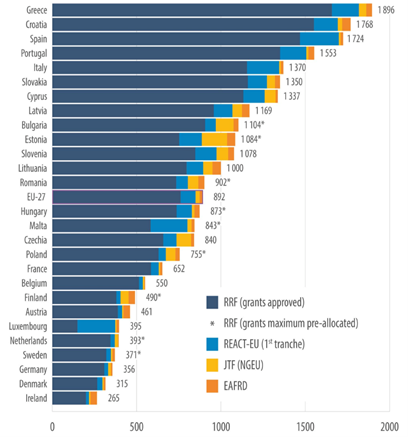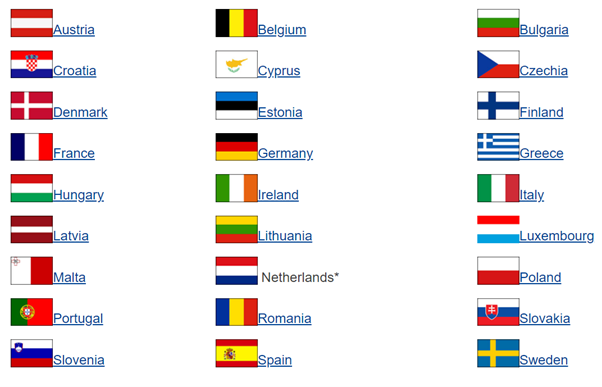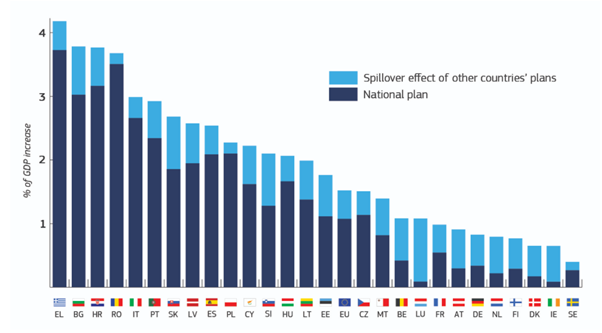
The € 2.018 trillion recovery plan - a historic moment for the EU
In 2020, the EU provided an unprecedented response to the coronavirus crisis that hit Europe and the world. At its heart is a stimulus package worth approximately EUR 2 trillion in current prices. It consists of the EU’s long-term budget for 2021 to 2027 of EUR 1.2 trillion, topped up by EUR 0.8 trillion through NextGenerationEU, a temporary instrument to power the recovery.
The 2021–2027 long-term budget (MFF), of EUR 1.211 trillion, will seek to support the recovery while investing in the EU’s regions, farmers, companies, researchers, students and citizens in general as well as our neighbouring countries.
PM² will help monitor and implement projects funded by the RRF.
One Project at a time!
NextGenerationEU will help repair the immediate economic and social damage caused by the coronavirus pandemic and make the EU fit for the future. The instrument will help build a post-COVID-19 EU that is greener, more digital, more resilient and better fit for the current and forthcoming challenges.
To finance NextGenerationEU, the EU borrowed on the markets. The repayment will take place over a long-term period, until 2058. This will avoid placing immediate pressure on Member States’ national finances and enable them to focus their efforts on the recovery.
The centrepiece of NextGenerationEU is the Recovery and Resilience Facility – an instrument for providing grants and loans to support reforms and investments in the EU Member States.

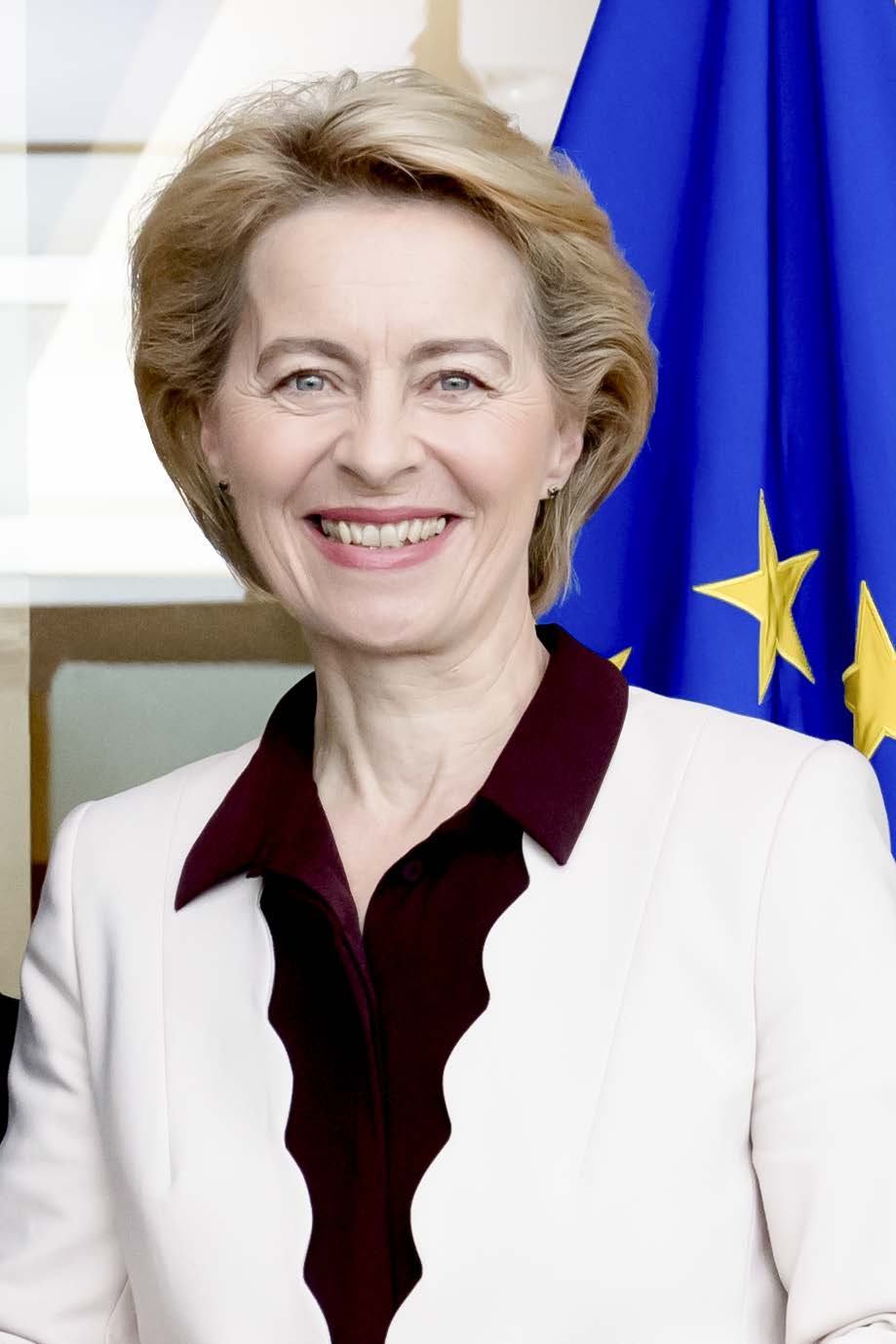
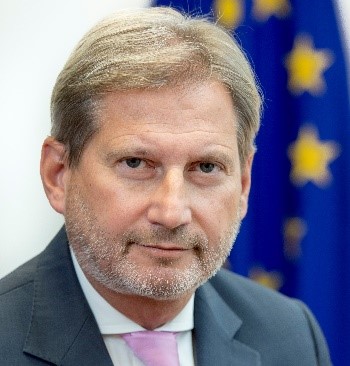

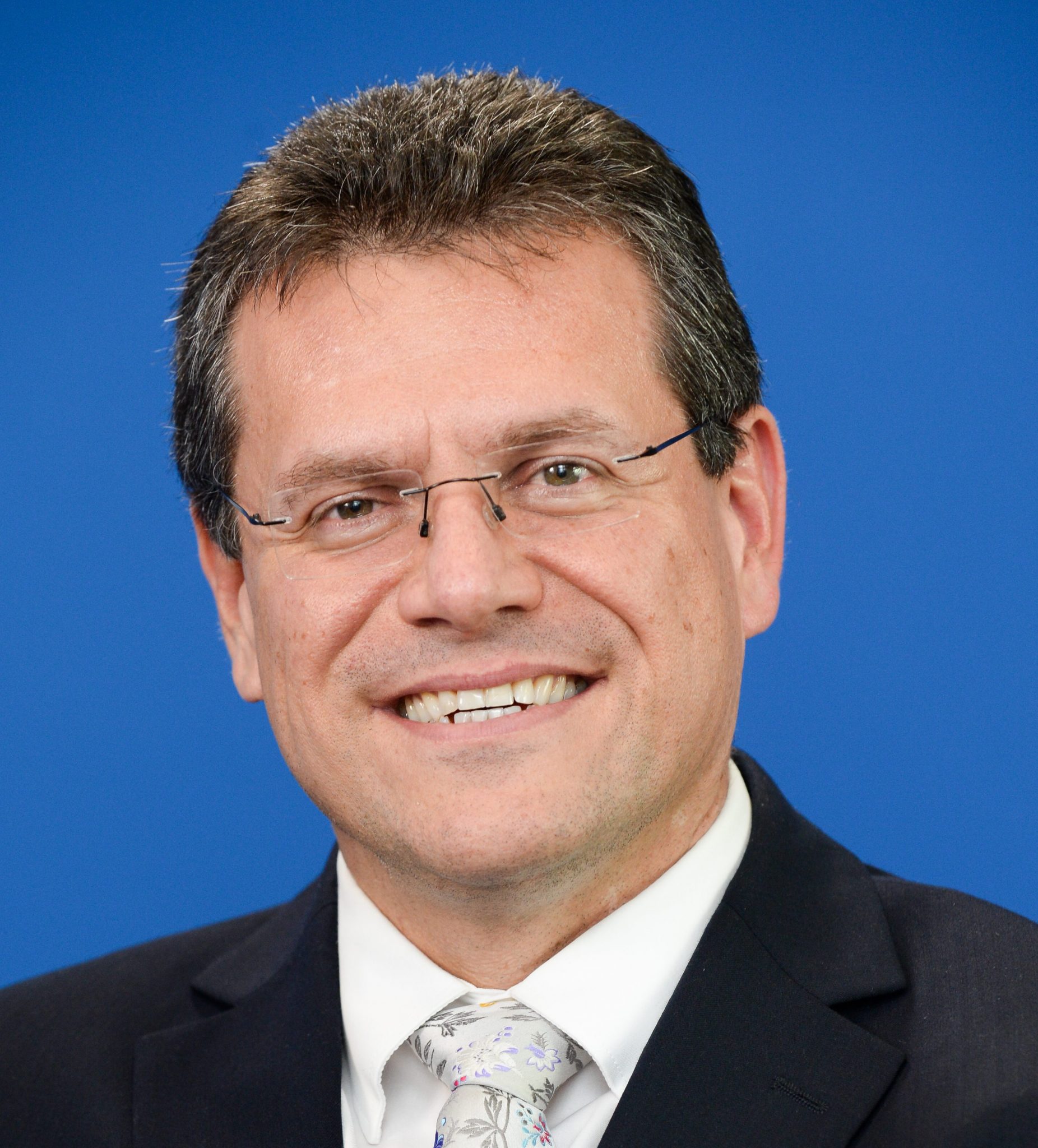
The aim of the Recovery and Resilience Facility ( RRF) is to mitigate the economic and social impact of the coronavirus pandemic and make European economies and societies more sustainable, resilient and better prepared for the challenges and opportunities of the green and digital transitions.
The first pillar aims to provide support to Member States for investments and reforms in order to address the crisis, the second pillar seeks to kick-start the EU economy by boosting private investment, while the third pillar refers to lessons learned by the crisis.
How does the RRF work?
To benefit from the support of the Facility, Member States submit their recovery and resilience plans to the European Commission. Each plan sets out the reforms and investments to be implemented by end-2026 and Member States can receive financing up to a previously agreed allocation.
Each plan should effectively address challenges identified in the European Semester, particularly the country-specific recommendations of 2019 and 2020 adopted by the Council. It should also advance the green and digital transitions and make Member States’ economies and societies more resilient.
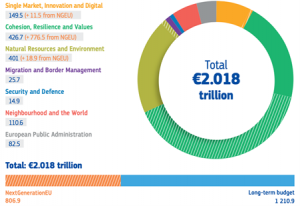 The Recovery and Resilience Facility is performance based. Fulfilment of agreed milestones and targets towards achieving the reforms and investments in the plans will unlock regular payment.
The Recovery and Resilience Facility is performance based. Fulfilment of agreed milestones and targets towards achieving the reforms and investments in the plans will unlock regular payment.
If the Commission assesses that not all the milestones and targets associated with an instalment are satisfactorily met, the Commission can make a partial payment. The rest of the payment of the instalment (whether loan or grant) will be suspended. The Member State can continue with the implementation of the rest of the plan.
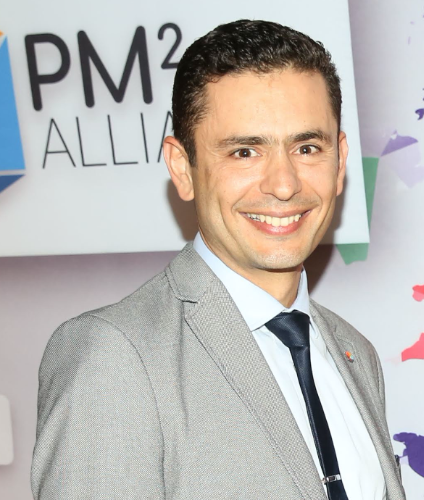
The need for a structured management approach at Member State level.
For the European Commission, it is a priority to protect taxpayers’ money and make sure that every euro from the budget is spent in line with the rules and generates added value.
EU Member States have a key role to play, as they manage, together with the European Commission, around three quarters of the budget, under the shared management principle.
This means that Member States distribute the funds to beneficiaries. They are therefore on the front line, making sure the budget is spent where it is needed, by setting up the relevant management and control systems.
The Role of PM²
The whole RRF is essentially a portfolio comprising components at two levels: The level of the Programmes with stakeholders the European Commission (DG ECFIN, RRFA, DG REFORM) and the Member States Ministries, and the project level with stakeholders: Implementing Bodies, Business Officers, Contractors, Beneficiaries.
All layers (Portfolio, Programme, and Projects) can be managed with PM² Best Practices to facilitate harmonized monitoring, reporting, and controlling, as well as offering common governance and management frameworks.
Do you want to learn more about how PM² can help your country’s, public and private sectors benefit from the RRF funds? Join the PM Best Practices Conference 2021 at https://project.hau.gr/ and learn about:
- The PM² Advantage: Best practices for public organizations and international institutions
- The value of the PM² Methodology in supporting the management of project-based technical assistance to the EU Member States via the EC’s Technical Support (TSI) Programme
- Managing the RRF portfolio of projects: the case of PM²
- Structural Reforms at a National level: Experiences and Practice
- Digital Transformation as an integral part of the Greek RRF: The role of PM² in the coordination and governance of the ICT Portfolio
- The participation principle as a key enabler for the effective implementation of National Recovery and Resilience Plans
- From business justification to project implementation: mapping the alternative approaches of the RRF funded project
About the PM² Alliance
PM² Alliance is an international, not-for-profit organisation with a broad membership across the Member States of the EU. Founded by PM² practitioners, the Alliance brings together individuals from institutions, companies and academia to inspire dialogue, share resources, and address the field’s challenges while promoting the wider adoption of the PM² Methodology. As the world’s only society of its kind, the Alliance strengthens the community’s collective voice through strong leadership, promotion of the highest standards, and recognition of professional excellence.
See also:
- Q&A on the Recovery & Resilience Facility (RRF)
- Recovery Plan Communication: Europe’s moment: Repair and Prepare for the Next Generation
- EU Budget Communication: The EU budget powering the recovery plan for Europe
- Q&A: Next Generation EU – Legal Construction
- Questions and Answers on the MFF and Next Generation EU
- The EU Budget powering the Recovery Plan for Europe
- Speech by President von der Leyen at the European Parliament Plenary on the EU Recovery package
- What is PM²
- Why PM²
- PM² Methodology for EU funded projects
- PM² Methodology for International Cooperation and Development
